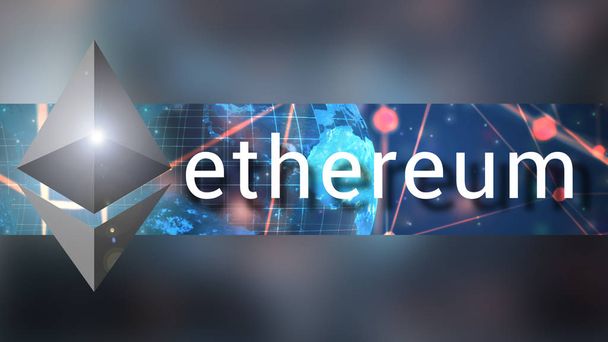The decentralized physical infrastructure network (DePIN) landscape is heating up. Fueled by the meteoric rise of Helium Network’s HNT token, these networks are emerging as a beacon of practical utility within the often insular crypto market. As investors and enthusiasts alike seek real-world applications for blockchain technology, DePIN protocols on Solana are leading the charge.

Solana’s DePIN Ecosystem: A Growing Force
Solana’s decentralized physical infrastructure (DePIN) ecosystem has been on a roll this year, with numerous protocols reaching new heights. From decentralized GPU networks like Nosana to distributed compute providers like Kuzco, and even decentralized mapping networks like Hivemapper, Solana has become a hub for innovative DePIN projects.
These protocols are not just thriving; they’re setting new benchmarks. Nosana saw a surge in active GPU operators and rewards, Kuzco witnessed a massive increase in online GPUs, Helium Mobile experienced significant growth in new subscribers, and Hivemapper achieved record-breaking participant retention.
The Future is Decentralized: Physical Infrastructure Takes Center Stage
While DeVIN tackles AI’s supply chain limitations, the real game-changer in crypto lies in its potential to reshape physical infrastructure networks in the real world. This makes DePIN projects particularly exciting, as they are building the solutions of tomorrow.
Helium: A Case Study in DePIN Power
Helium stands as a prime example of a DePIN project disrupting the status quo. This blockchain network fosters a global, decentralized wireless infrastructure. Users contribute by running Helium hardware, which earns them HNT tokens. The hardware functions as “Hotspots,” collaborating to create a vast low-power network for IoT devices.
Helium’s success story continues in 2024. Their MOBILE Network, a subDAO, takes the concept of decentralized coverage further, building a 5G network through Helium Hotspots equipped with 5G radios. Partnering with T-Mobile’s network, this innovative model has driven impressive results: MOBILE contributes roughly 90% of Helium’s revenue and boasts over 112,000 users on its affordable $20/month unlimited data plan. Helium’s IOT Network, another subDAO, shows similar growth. Greenmetrics.ai, an environmental monitoring system built on Helium, partnered with the City of Porto in Portugal to leverage the network for flood management. Similarly, Heliotics utilizes the network for temperature and humidity monitoring in European museums and libraries.

Source: create.vista.com
The “Network of Networks”: A Decentralized Future
Looking ahead, the Helium Foundation envisions the network as a launchpad for new DePINs. By leveraging Helium’s global reach and community-driven approach, the goal is to cultivate a decentralized ecosystem – a “Network of Networks.” This vision fosters collaboration by allowing multiple DePINs to share resources and drive innovation across a spectrum of applications, encompassing everything from storage and computing to mapping and mobility.
DAWN: Decentralizing the Internet
DAWN, a decentralized wireless internet service developed by Andrena, aims to bridge the digital divide. By leveraging a “proof of backhaul” system, DAWN allows users to share their internet access, creating a decentralized network. This enables affordable internet access, particularly in areas with limited infrastructure.
DAWN’s Medallions, a token-based incentive system, rewards users for contributing to the network. This approach encourages expansion and ensures reliable connections. With over 3,000 households in NYC already participating, DAWN has generated substantial revenue.
Dabba: Bridging India’s Digital Divide
Dabba, a DePIN network backed by Y Combinator and Multicoin Capital, is focused on expanding internet access in India. By aggregating local cable operators, Dabba provides high-speed internet to underserved areas. Dabba’s decentralized approach, powered by the DBT token, accelerates infrastructure expansion and ensures equitable access.
Hivemapper: A Decentralized Mapping Revolution
Hivemapper, a decentralized mapping network, harnesses the power of community collaboration. By incentivizing users to contribute dashcam data, Hivemapper creates high-quality maps. The network’s decentralized approach addresses industry challenges like uneven coverage and outdated data. Hivemapper’s integration with Solana ensures efficient transactions and scalability.
The Future of DePIN
DePIN networks, like DAWN, Dabba, and Hivemapper, are revitalizing interest in crypto by demonstrating real-world utility. Solana’s optimized scalability and low-cost transactions make it the ideal platform for these networks. As DePIN continues to grow, it has the potential to break the market out of its current stagnation and drive a new phase of growth.
Learn from market wizards: Books to take your trading to the next level

 Hot Features
Hot Features












